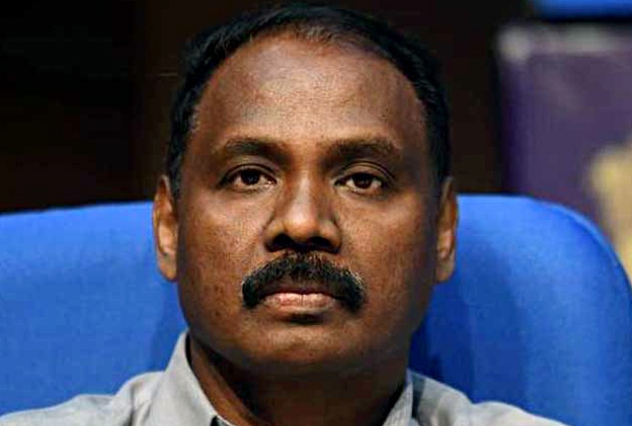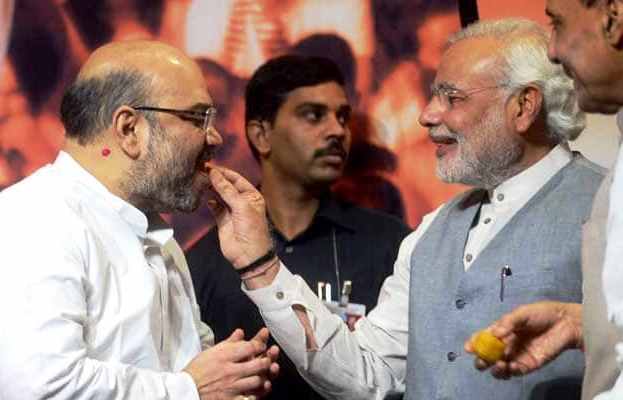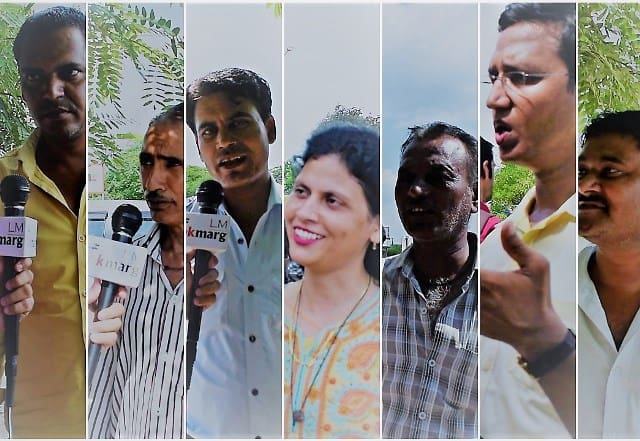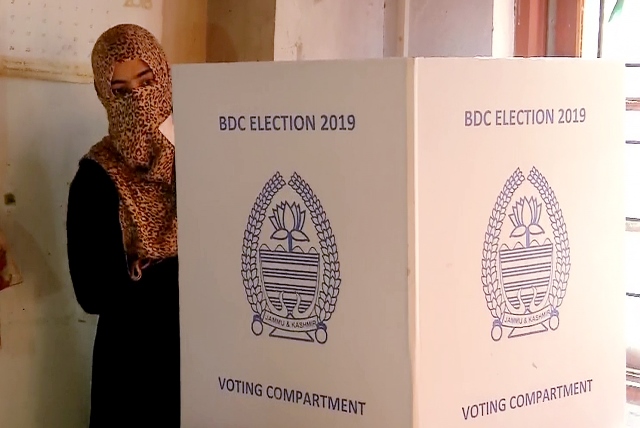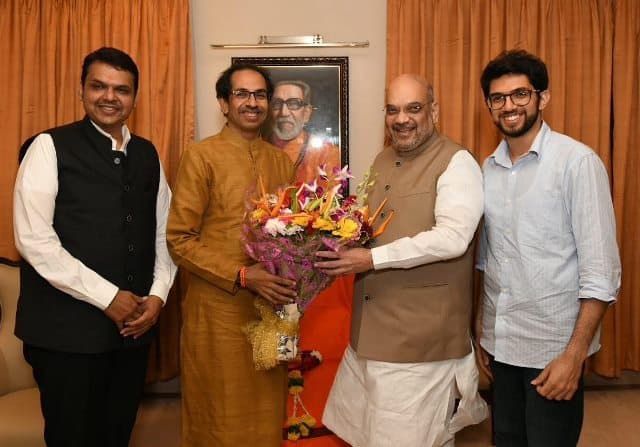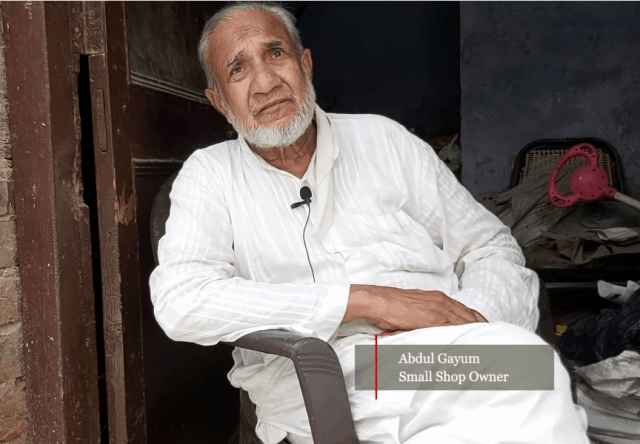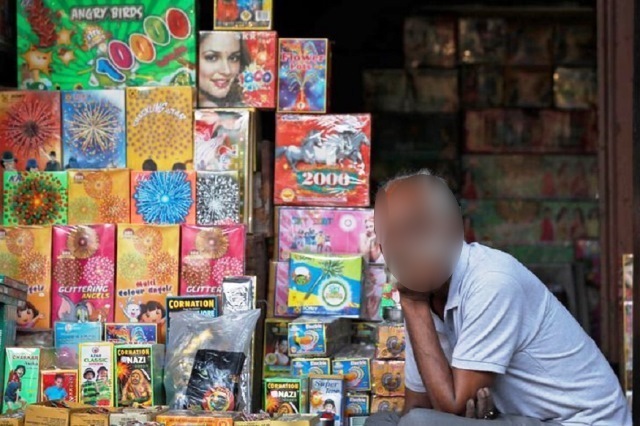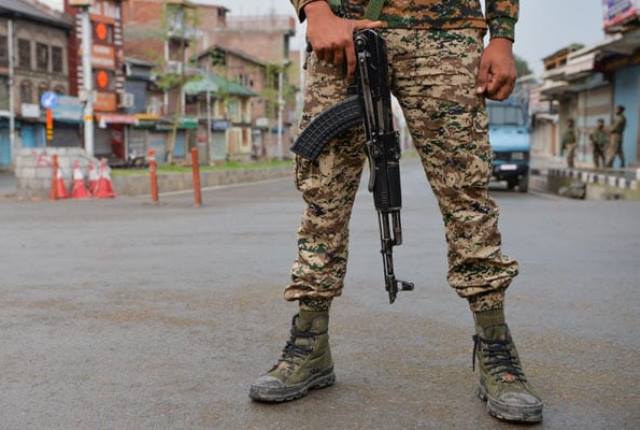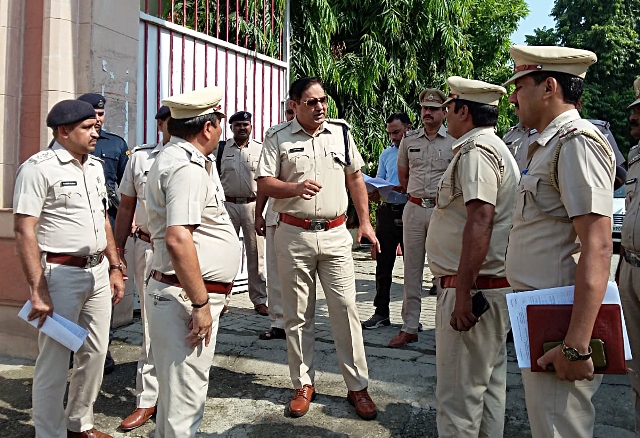The
laddoo is a ubiquitous Indian confection. Made primarily of sugar, fat and
flour, it is as calorific as it is celebratory. Distribution of laddoos is a
common form of celebrating success or victory. Last Wednesday, a day before the
assembly elections results were declared in Maharashtra, India’s second-most
populous state, the state’s Bharatiya Janata Party (BJP) leaders were so
confident of winning the elections that they ordered 5,000 laddoos that they
would distribute in celebration.
That
over-confidence was dashed when the results came out on Thursday. Similar smug
confidence about a BJP victory in Haryana, the other state that went to the
polls along with Maharashtra, was shattered as well. In both states, the
incumbent governments were BJP-led (in Haryana, of the 90 seats, the BJP had
won 48 in 2014; and in Maharashtra, of the 288 seats, the BJP had 122 and its
ally the Shiv Sena had 63). When the results came in on Thursday, the BJP’s
tally in Maharashtra shrank to 105 and the Shiv Sena’s to 56. In Haryana too,
the party saw its fortunes dip and managed just 40 seats, six short of a simple
majority.
In both
states, there is a scramble on to garner numbers and form a government.
Independent elected representatives are being wooed to strengthen numbers by
both, the BJP and its opponents who have, incidentally, fared better than they
did in 2014. Interestingly, most exit polls appeared to suggest that a BJP-led
victory would be a no-brainer in both states. The pre-ordering of laddoos
suggests supreme confidence on the part of the party as well.
The
BJP’s confidence—disproportionate or otherwise—has been spurred chiefly by the
party’s overwhelming victory at the national levels. Last May, Mr Narendra Modi
and his government were re-elected decisively in parliamentary elections and
their main Opposition party, the Congress, was decimated. Such a victory
certainly boosts confidence but it can also lead to hubris.
In both
states that went to the polls, voters demonstrated that they decide who to
elect based on local issues and what an incumbent state government has
delivered during its term. In Maharashtra and Haryana, the results indicate
quite clearly that the people are not overly satisfied by their respective
state government’s performance. Moreover, in both states it has also been the
rise of regional parties that has eaten into the BJP’s support base. In
Maharashtra, the Nationalist Congress Party (NCP), led by veteran politician
Sharad Pawar, has scored gains in the recent elections; in Haryana, a debutant
regional party, the Jannayak Janta Party has not only garnered an impressive
number of seats but it now calls the shots as a possible kingmaker as the BJP
and its rivals scramble to form a government.
The
BJP, either on its own or together with allies, rule in 14 of India’s 29 states
(16 if you assume that it will form governments in Haryana and Maharashtra).
The Congress rules in just five states, while in the rest, regional parties hold
sway. Ever since its surge to power at the Centre in 2014, the BJP has avowed
that it will free India of Congress and spread its control over all of India.
That has not happened. In southern India, the party has been largely unable to
garner support in local as well as national polls; in Odisha and Bengal, regional
parties have continued to rule the roost; and, as the two latest state
elections show, regional parties and local issues can dominate in assembly
polls.
Two states will head to the polls in coming months—Jharkhand (where the
BJP leads the incumbent government), and Delhi (where a feisty local party, the
Aam Aadmi Party, is in power). These two elections, due in January and
February, will be test cases to watch whether BJP can turn its confidence into
votes at the state level. In any case, it would be wise to hold the order of
laddoos. As the party’s possibly chastened leaders have realised, those sweet
confections can quickly turn bitter.
That
over-confidence was dashed when the results came out on Thursday. Similar smug
confidence about a BJP victory in Haryana, the other state that went to the
polls along with Maharashtra, was shattered as well. In both states, the
incumbent governments were BJP-led (in Haryana, of the 90 seats, the BJP had
won 48 in 2014; and in Maharashtra, of the 288 seats, the BJP had 142 and its
ally the Shiv Sena had 75). When the results came in on Thursday, the BJP’s
tally in Maharashtra shrank to 105 and the Shiv Sena’s to 56. In Haryana too,
the party saw its fortunes dip and managed just 40 seats, six short of a simple
majority.
In both
states, there is a scramble on to garner numbers and form a government.
Independent elected representatives are being wooed to strengthen numbers by
both, the BJP and its opponents who have, incidentally, fared better than they
did in 2014. Interestingly, most exit polls appeared to suggest that a BJP-led
victory would be a no-brainer in both states. The pre-ordering of laddoos
suggests supreme confidence on the part of the party as well.
The
BJP’s confidence—disproportionate or otherwise—has been spurred chiefly by the
party’s overwhelming victory at the national levels. Last May, Mr Narendra Modi
and his government were re-elected decisively in parliamentary elections and
their main Opposition party, the Congress, was decimated. Such a victory
certainly boosts confidence but it can also lead to hubris.
In both
states that went to the polls, voters demonstrated that they decide who to
elect based on local issues and what an incumbent state government has
delivered during its term. In Maharashtra and Haryana, the results indicate
quite clearly that the people are not overly satisfied by their respective
state government’s performance. Moreover, in both states it has also been the
rise of regional parties that has eaten into the BJP’s support base. In
Maharashtra, the Nationalist Congress Party (NCP), led by veteran politician
Sharad Pawar, has scored gains in the recent elections; in Haryana, a debutant
regional party, the Jannayak Janta Party has not only garnered an impressive
number of seats but it now calls the shots as a possible kingmaker as the BJP
and its rivals scramble to form a government.
The
BJP, either on its own or together with allies, rule in 14 of India’s 29 states
(16 if you assume that it will form governments in Haryana and Maharashtra).
The Congress rules in just five states, while in the rest, regional parties
hold sway. Ever since its surge to power at the Centre in 2014, the BJP
has avowed that it will free India of Congress and spread its control over all
of India. That has not happened. In southern India, the party has been largely
unable to garner support in local as well as national polls; in Odisha and
Bengal, regional parties have continued to rule the roost; and, as the two
latest state elections show, regional parties and local issues can dominate in
assembly polls.
Two states will head to the polls in coming months—Jharkhand (where the
BJP leads the incumbent government), and Delhi (where a feisty local party, the
Aam Aadmi Party, is in power). These two elections, due in January and
February, will be test cases to watch whether BJP can turn its confidence into
votes at the state level. In any case, it would be wise to hold the order of
laddoos. As the party’s possibly chastened leaders have realised, those sweet
confections can quickly turn bitter.
